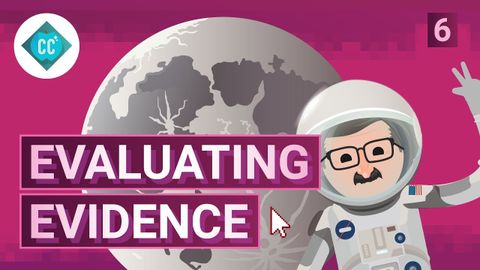
Subtitles & vocabulary
Evaluating Evidence: Crash Course Navigating Digital Information #6
00
林宜悉 posted on 2020/03/30Save
Video vocabulary
relevant
US /ˈrɛləvənt/
・
UK /ˈreləvənt/
- Adjective
- Having an effect on an issue; related or current
A2TOEIC
More deserve
US /dɪˈzɚv/
・
UK /dɪ'zɜ:v/
- Transitive Verb
- To be worthy of, e.g. getting praise or attention
A2TOEIC
More evidence
US /ˈɛvɪdəns/
・
UK /'evɪdəns/
- Uncountable Noun
- Factual proof that helps to establish the truth
- Information presented in court to prove or disprove alleged facts.
- Transitive Verb
- To indicate clearly; to be evidence of.
- To show clearly; prove.
A1TOEIC
More determine
US /dɪˈtɚmɪn/
・
UK /dɪ'tɜ:mɪn/
- Transitive Verb
- To control exactly how something will be or act
- To establish the facts about; discover
A2TOEIC
More Use Energy
Unlock All Vocabulary
Unlock pronunciation, explanations, and filters
